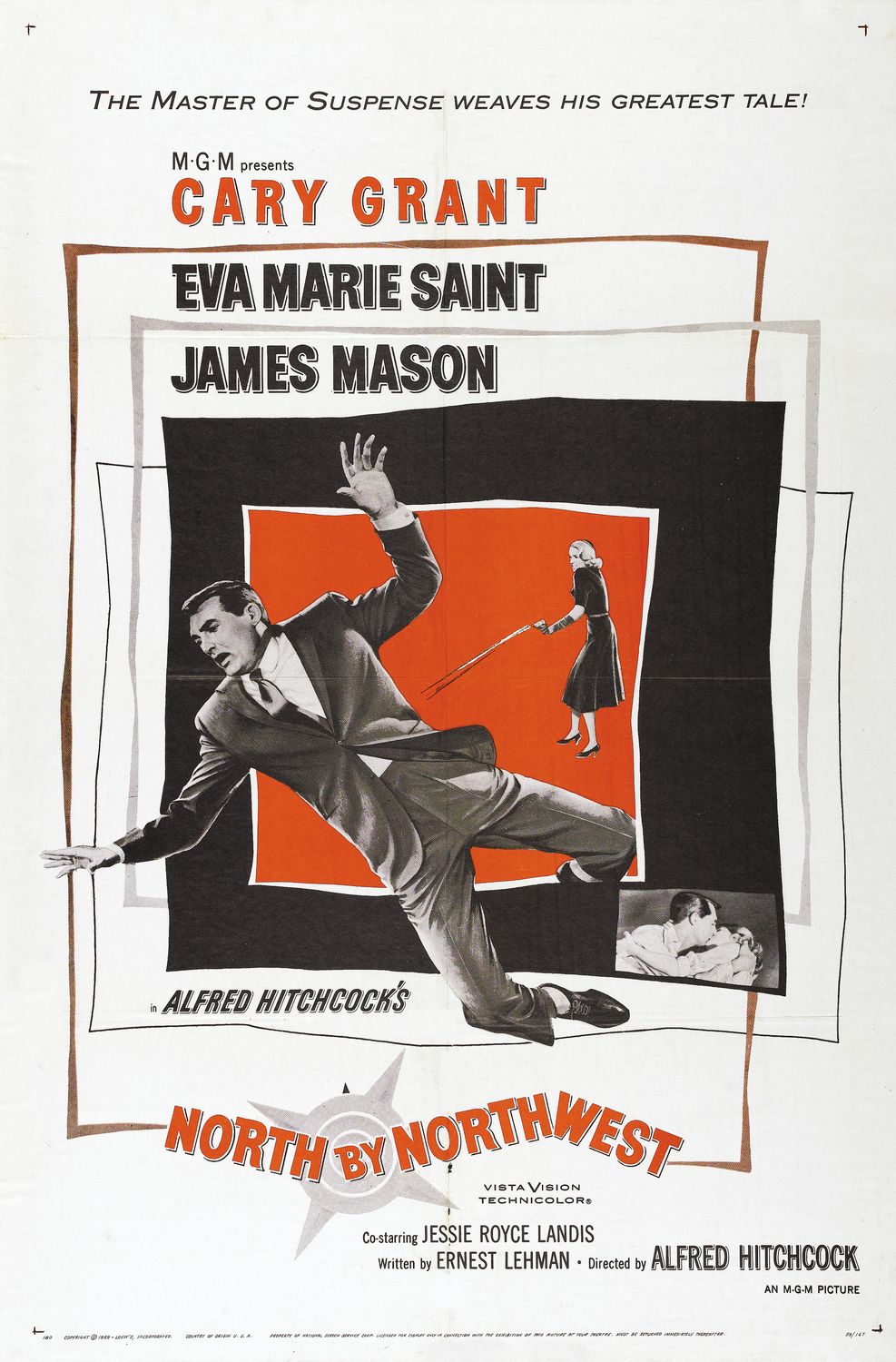The cast, the script, the costumes, the lighting, in short; all the materiality of film language is structured to tell a story endowed in certain conventions, such as gender constructions of men and women, protagonists as good and antagonists as evil, etc. The construction of gender in cinema and its representations have changed over time - as well as other aspects of cinema – and since 1960 margins became blurry, less dichotomous and more complex and ambiguous. Hitchcock, who imposed a very particular style and way of subversive expression, anticipated the crisis of sexual roles in his films since 1940s. On the other hand, John Wayne represented a completely different image of masculinity that was based in other principles and that served different political reasons.
The words male and female only exist because of each other; the meaning of one depends on the other. The concepts of masculinity and femininity reproduce a set of characteristics, values and behaviors, considered by a given society and culture as appropriate for men and women. An individual’s gender identity may be the result of the ways he expresses himself through his physical appearance, manner of dress, social activities and many other factors, all determined by society as masculine or feminine traits. This identity however, is constructed and transformed. And the social, technological, political and economic changes cause alterations in the constructions, definitions and meanings of identities, since individuals are within these transformations.
 |
| John Wayne |
John Wayne was a Hollywood movie icon between the years 1927 and
1976; he worked as an actor, mainly in the Western genre, and eventually
became a major reference for men. Strong-looking, rude and always
wielding a rifle, he was a defender of the weak and helpless women,
especially in the American West. Wayne is the typical male model of
bourgeois society, from the industrial revolution, associated with
strength and virility. Attributes, linked to the idea of a male provider
coming from patriarchy, determine the configuration of the "real man"
that he represents. This had repercussions nationwide, causing a major
political and social impact in most Americans. In a time of much despair
and lack of hope, John Wayne was the light in the end of the tunnel; he
represented everything every guy in the US at that time wanted to be.
Which is why he set a standard that later on became known as the “John
Wayne Syndrome”. His "invincibility" further advanced the idea that he stood for something that many people thought had disappeared and longed for.
This video echoes the standard John
Wayne that is represented in all of his movies and that contributed to enhance
the standard of masculinity at the time, based on concepts such as
honesty, sincerity, courage, honor and manhood with restrictions on the
expression of affection and emotions.
In the text, Willis
portrays John Wayne as a symbol of masculinity for generations of
Americans – something that he calls the embodiment of an American Adam. However, this view of Wayne as a beacon for hope is slightly underwhelming for me considering the discrepancy between Wayne’s public
posture of a hero and his private life that showed the contrary. Wayne
was the representation of a hero that indirectly forced many generations
to sacrifice their lives in wars like Vietnam, whilst he managed
to cleverly escape from serving in World War II. This shows that Wayne
created a film persona that had a hidden political agenda. I thought it
was very interesting how Willis noted the ways in which stars act as
magnets and catalysts of own feelings, which made it even more important
to impose Wayne as a vehicle to push America forward.
The prologue
notes how Wayne’s persona differs from the super vindictive macho such
as Dirty Harry and Rambo, and also differentiates Wayne's status as an
authority figure of rebel heroes like Bogart and Cagney T.
Hitchcockian cinema takes a different look at masculinity, challenging its structure and shifting ideas about what it means to be a man. He puts into crisis these gender categories, scrambles the distribution of sex roles and builds sexually ambiguous characters since 1940. These gender categories can be seen through the costumes and narratives. His challenge to a topic that used to be very classified, is one of the many reasons why Hitchcock movies revolutionized Hollywood’s standards. Cary Grant in North by Northwest proposes a new idea of masculinity that by no means is any less powerful than John Wayne’s, just different and ahead of society’s beliefs and ideals. As pointed out by Steven Cohan, the poster itself already depicts male vulnerability with Cary Grant hanging and falling. This movie shows how the representation of masculine and femininity in cinema, before two opposite and separate categories, can be nuanced.

No comments:
Post a Comment
Note: Only a member of this blog may post a comment.